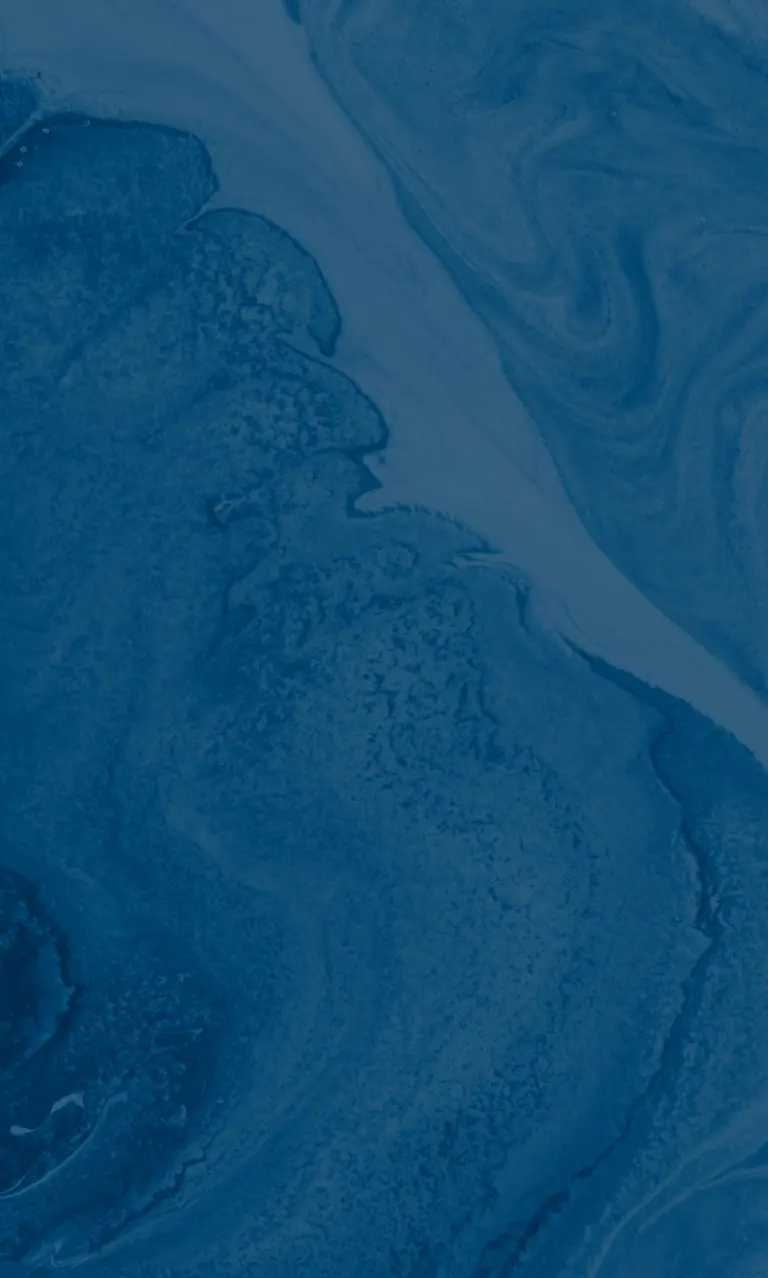ENERSENNE Assessing the energy efficiency of the Danish seine fishing technique
The aim of the ENERSENNE project was to optimise Danish seining* energy consumption by assessing the fuel consumption at each of the stages involved in this technique: route, propulsion and setting and hauling nets.
Spin-offs and future developmentsDuring the project, equipment was fitted to both boat and seine net: torque sensor, fuel consumption flowmeter, power watt meter and vessel list and trim sensor.
This equipment was managed by a central workstation which recorded boat behaviour as well as the various sources of energy consumption (engine, electricity, etc.). The aim was also to optimise use of the seine net based on an improvement scenario.
During the experiments, onboard measuring highlighted the relative importance of the route to fishing grounds and fishing activities, where the consumption observed was of similar magnitude. The energy required for fishing was quantified by operational phase, i.e. setting nets and hauling catches. This information is of value to shipfitters/owners and Danish seine fishing.
ECOMER, an intelligent analytical econometer (co-funded by FEP), demonstrated its full significance for this type of sea trial and was in this instance adapted to the Danish seine.
Several sources of fuel consumption were revealed during fishing:
- 45% of consumption due to wire warps
- 39% to trawl
- 16% to seabed drag
.
The traditional 'Danish seine' technique has seen a resurgence of interest: this energy-efficient method results in better quality catches compared with bottom trawling.
Partners
Centres de recherche
- École Navale, Brest
- Ifremer, Brest [Porteur de projet]
Entreprise
- Marinelec Technologies, Quimper
- Armement les Barges des Sables d’Olonnes, Les Sables d’Olonnes
Funders
- France Filière Pêche
